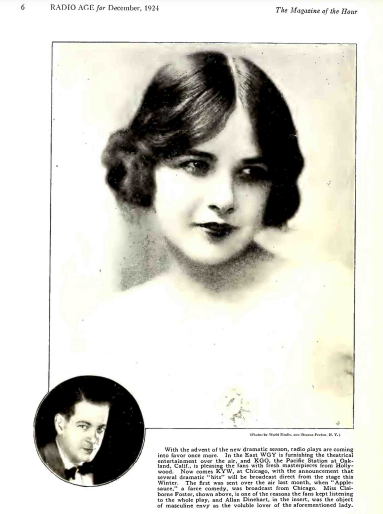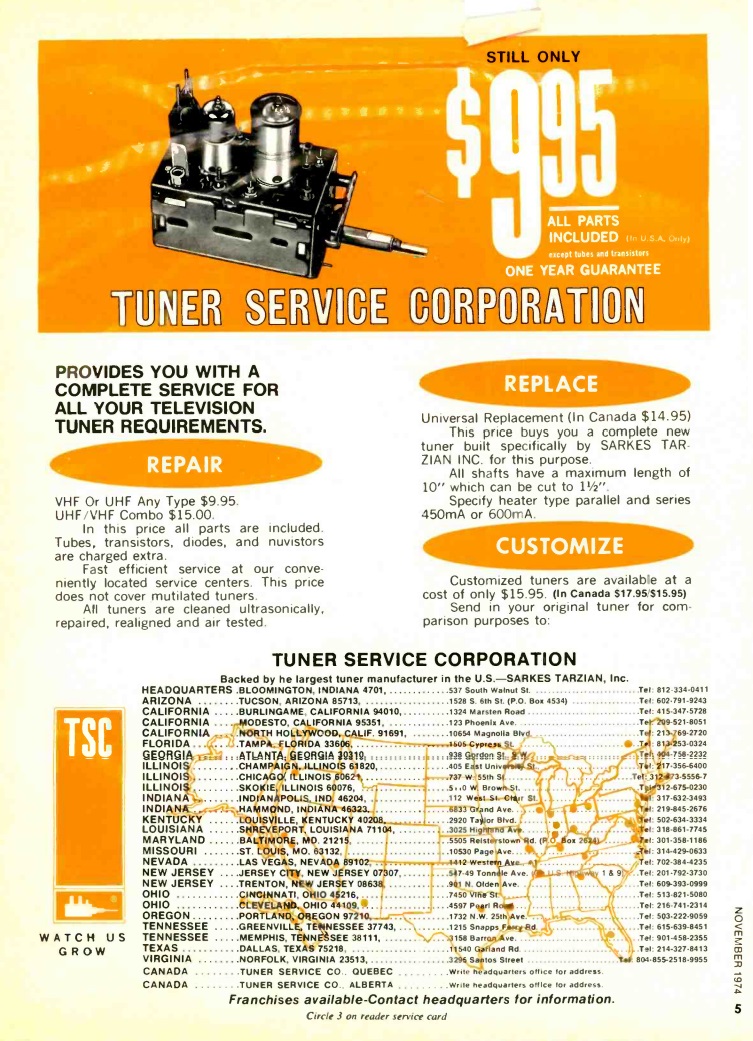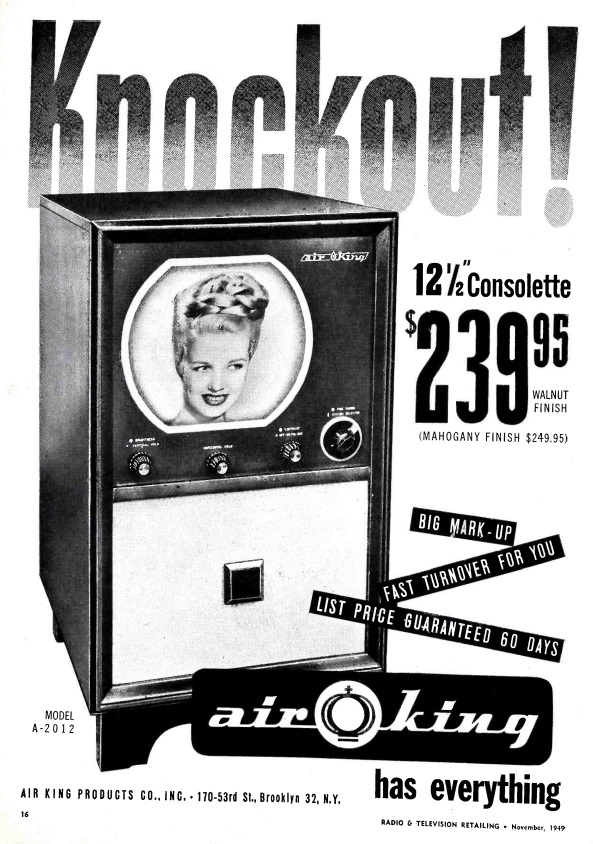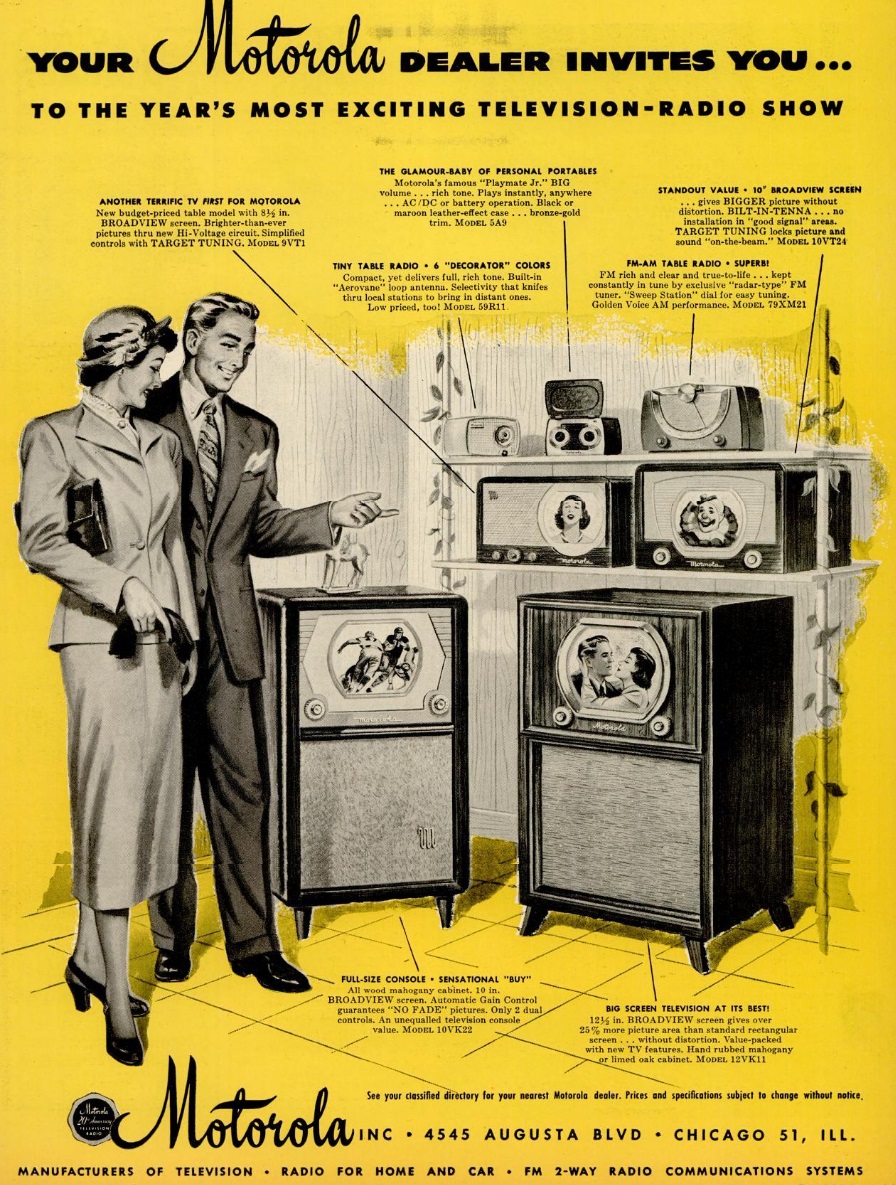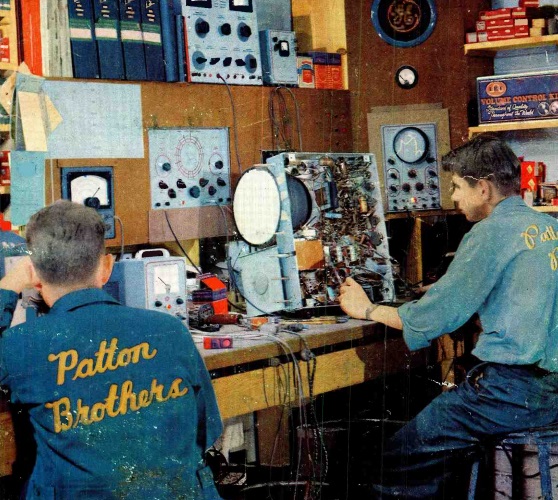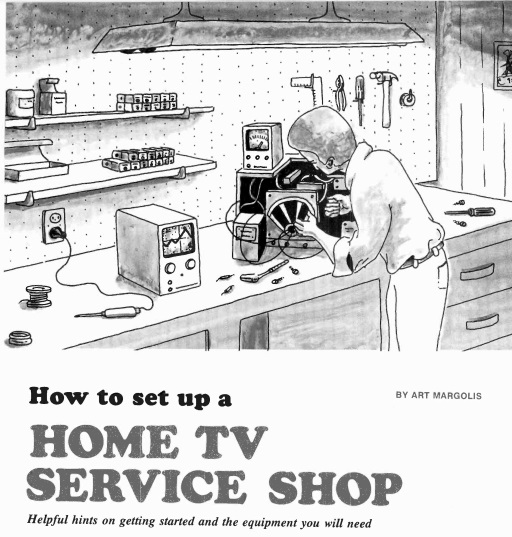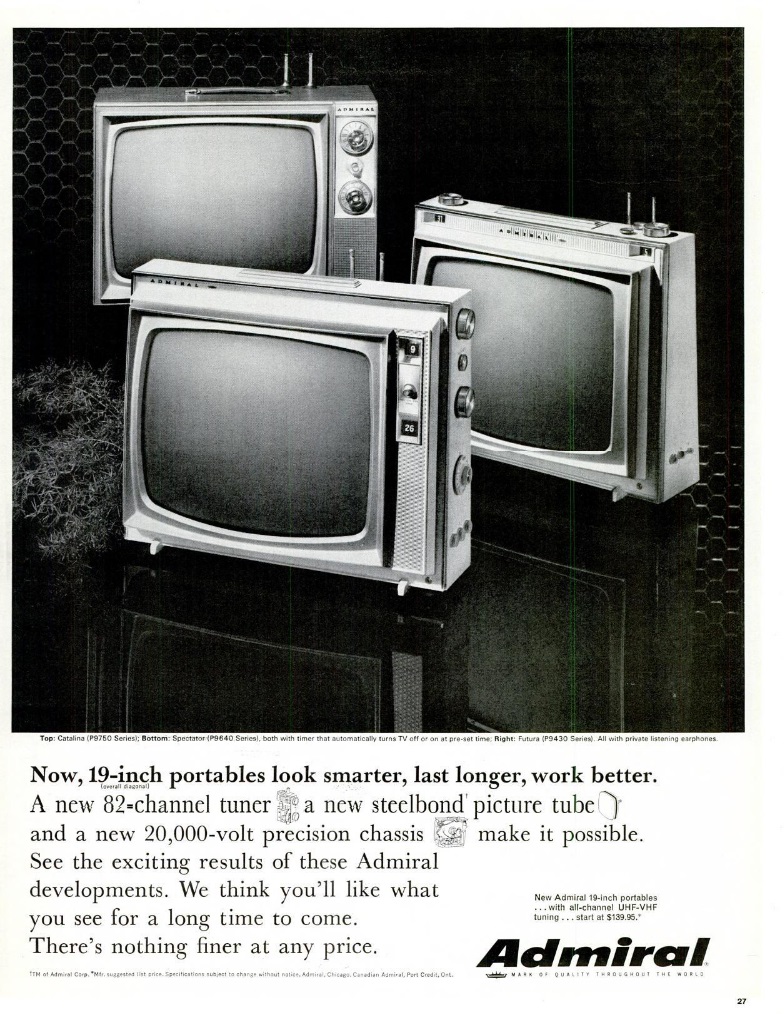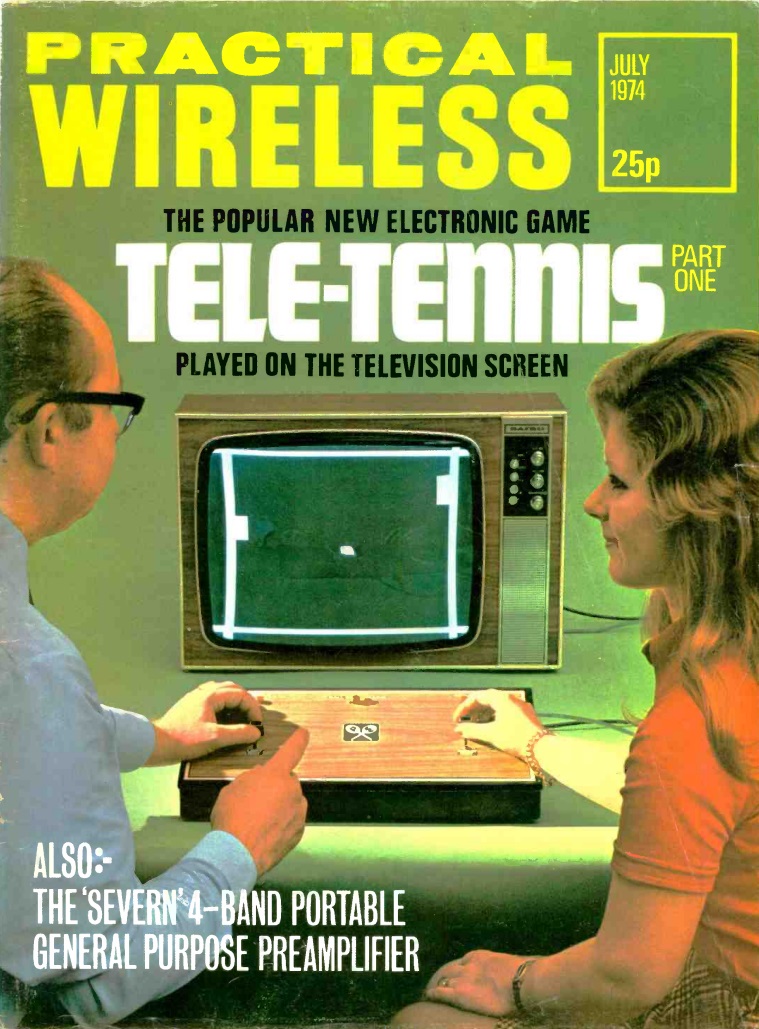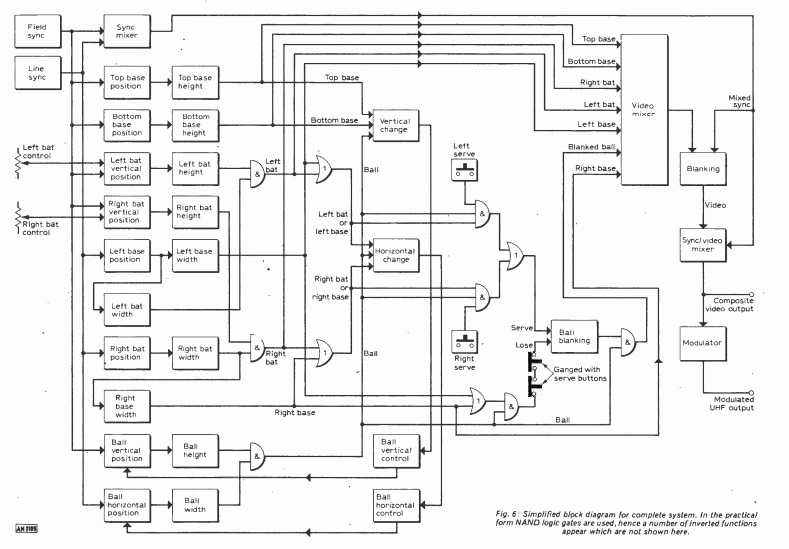
We recently had the privilege of visiting the Harry S Truman Library and Museum in Independence, MO., which included this recreation of the White House Oval Office as it appeared during President Truman’s time in office. Most of the objects in the room, such as the artwork, were the originals.
If you’re reading this as it’s posted, you’re probably aware that the Kansas City area is completely snowed in by a blizzard, which was preceded by freezing rain. The museum closed early in anticipation, and will remain closed through Monday, January 6. We were aware the storm was coming, but were confident that we would be out of the area in time, and we were indeed. We hit the Iowa state line about an hour before the museum closed. We had severe clear conditions all the way home, and the only sign of winter was the cold. But about the same time, Interstate 35 was closed near Kansas City because of a crash caused by the ice. Had we waited a few more hours to leave, we would still be there.
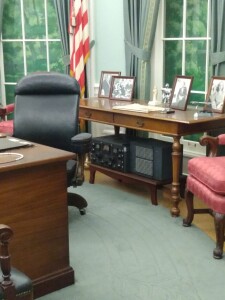 Of course, for most readers of this site, upon seeing the photo at the top, your eyes were immediately drawn to the object directly behind the desk. And, of course, it’s the first thing we noticed. It is a Hallicrafters SX-28 “Super Skyrider”. The 15-tube set covered 550 kHz through 44 MHz, and was a top-of-the line receiver, as would be expected from a set in such a place of honor.
Of course, for most readers of this site, upon seeing the photo at the top, your eyes were immediately drawn to the object directly behind the desk. And, of course, it’s the first thing we noticed. It is a Hallicrafters SX-28 “Super Skyrider”. The 15-tube set covered 550 kHz through 44 MHz, and was a top-of-the line receiver, as would be expected from a set in such a place of honor.
If I were the Leader of the Free World, I would also want to have a shortwave receiver at my desk. And when Truman met at the White House with former President Herbert Hoover, we have little doubt that Hoover approved of the inclusion of this useful device. But I’ve been unable to find much reference to it. I would like to know how often Truman had it turned on, his thought process in getting it, and how exactly he used it. Unfortunately, because of the weather, I didn’t have time to ask the library staff.
The library website shows that there is a file pertaining to Hallicrafters in Truman’s personal files. If I had more time, I would have gone over to the reading room to look at this file, but it classification indicates that the receiver was Truman’s personal property, as opposed to government property. The next time I’m in Kansas City, I’ll probably make an appointment to view that file. In the meantime, if any of our readers would be interested in inspecting that file, please let us know.
I did find this thread at QRZ.com where W6OGC had written to the museum asking about the receiver. This is the reply he received:
Recently you asked about the short wave radio that is displayed behind President Truman’s desk in the Library’s replica of the Oval Office.
This is a Hallicrafters SX-28 “Super Skyrider” short wave radio receiver, along with its speaker, a Hallicrafters model PM-23. These units are not the actual short wave sets used in the Oval Office, but they are units the Truman Library purchased in 1995 to closely duplicate those that were in the Oval Office when President Truman occupied it.
Photographic evidence of President Truman’s Oval Office as it appeared in the summer of 1950 indicates that there was a Hallicrafters receiver behind his desk, the left side of which resembled a Hallicrafters SX-28 and the right half of which resembled a Hallicrafters SX-32 (a later model). According to Mr. Chuck Dachis of The Hallicrafters Collector of Austin, Texas, the model that was actually in President Truman’s office was probably made during a transition period (1940-1943) between the production of the models SX-28 and SX-32. This seems to suggest that the receiver may have been first acquired during the administration of Franklin D. Roosevelt and simply remained in the White House during the Truman years.
We do not know, with any degree of certainty, just how the receiver was utilized during the Truman Presidency, although it is entirely possible that Truman used it at the end of the Second World War to listen to war broadcasts from various locations.
I hope this information will be of assistance to you. Thank you for your inquiry and for your interest in the Harry S. Truman Library.
Clay Bauske
Museum Curator
Harry S. Truman Library
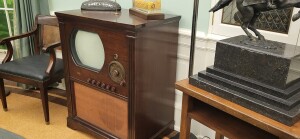 If the Hallicrafters wasn’t the first thing you saw in the photo, the only other explanation is that your eyes were fixed on the television set. Truman was the first president to have a television in the office, and this one appears to be a DuMont model RA-108 from 1949. Of course, it stands to reason that Truman was the first president to have a TV in the White House. The first station to come on the air in Washington, W3XWT, later WTTG, came on the air in May, 1945, a month after Truman took office. According to the Winter 1949 issue of White’s Radio Log, there were four stations on the air in Washington when this set rolled off the assembly line.
If the Hallicrafters wasn’t the first thing you saw in the photo, the only other explanation is that your eyes were fixed on the television set. Truman was the first president to have a television in the office, and this one appears to be a DuMont model RA-108 from 1949. Of course, it stands to reason that Truman was the first president to have a TV in the White House. The first station to come on the air in Washington, W3XWT, later WTTG, came on the air in May, 1945, a month after Truman took office. According to the Winter 1949 issue of White’s Radio Log, there were four stations on the air in Washington when this set rolled off the assembly line.
While we were at the Library, we took the opportunity to sign the condolence book for President Jimmy Carter, shown here in this earlier Library photo. The book will be sent to the Carter Library in Atlanta.
L





